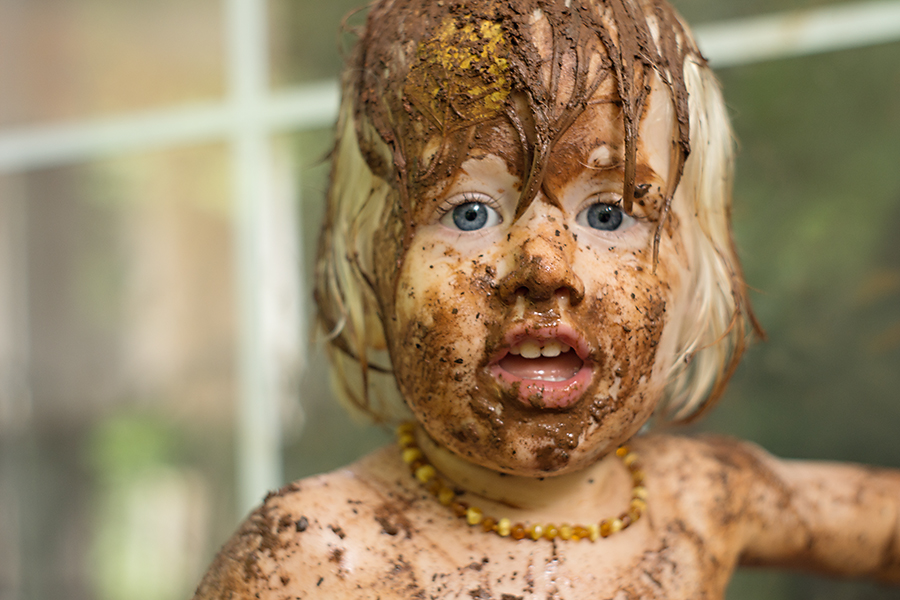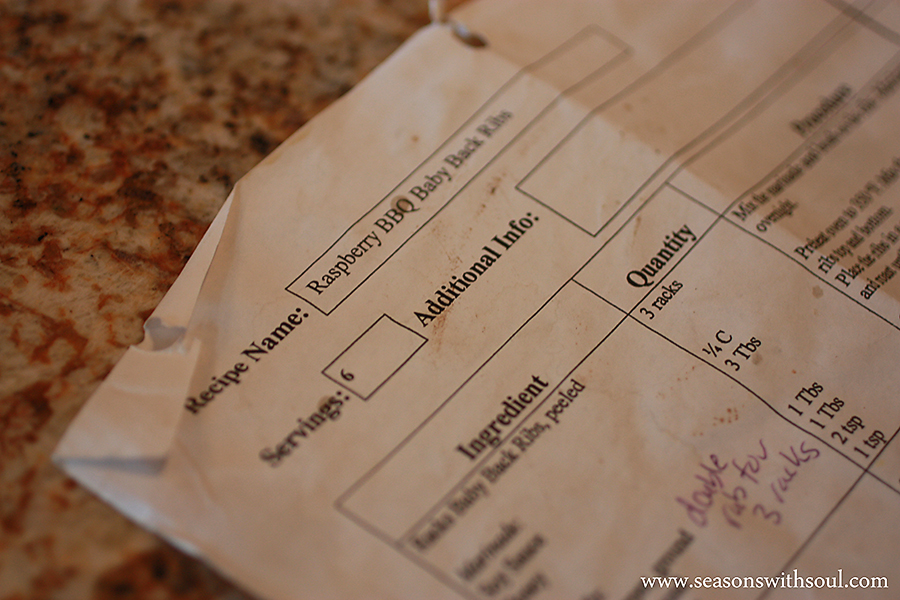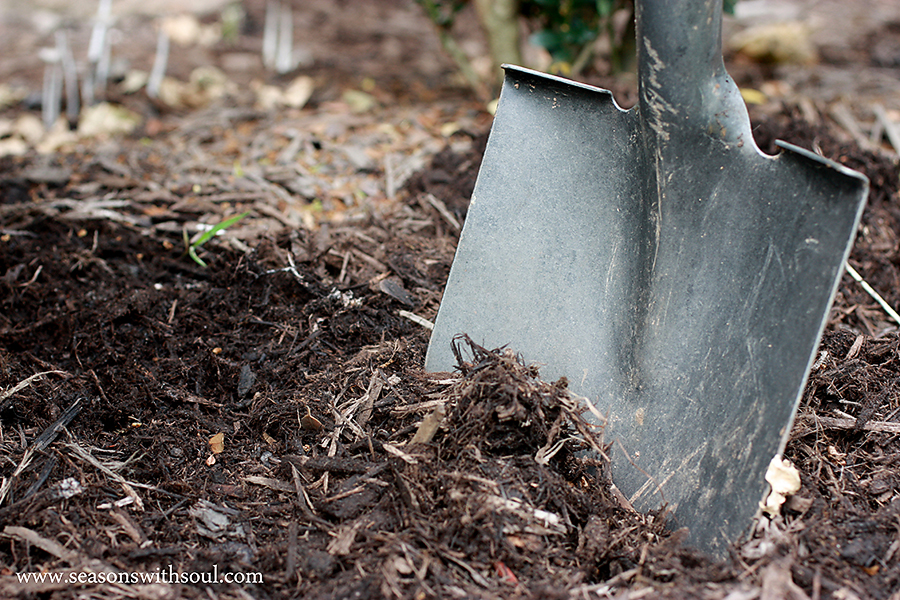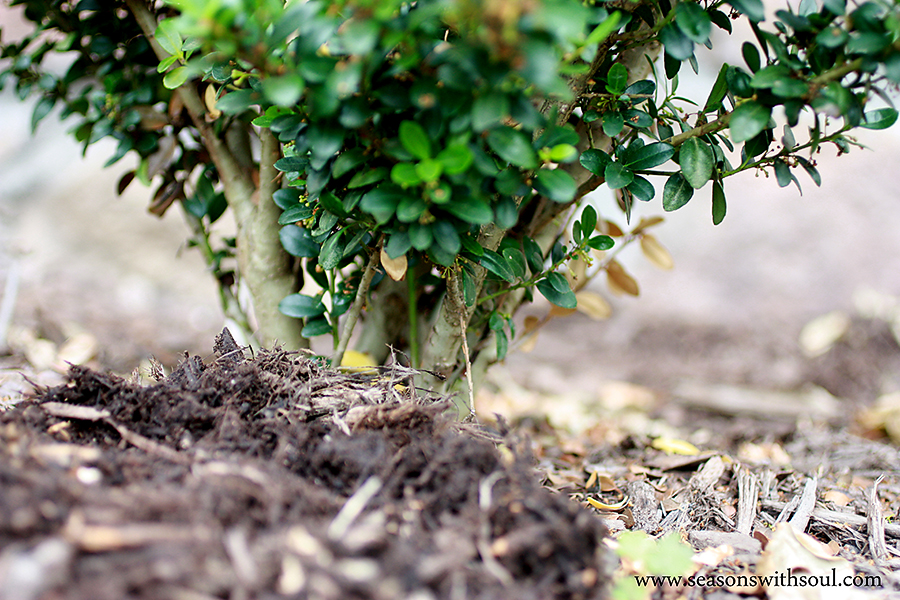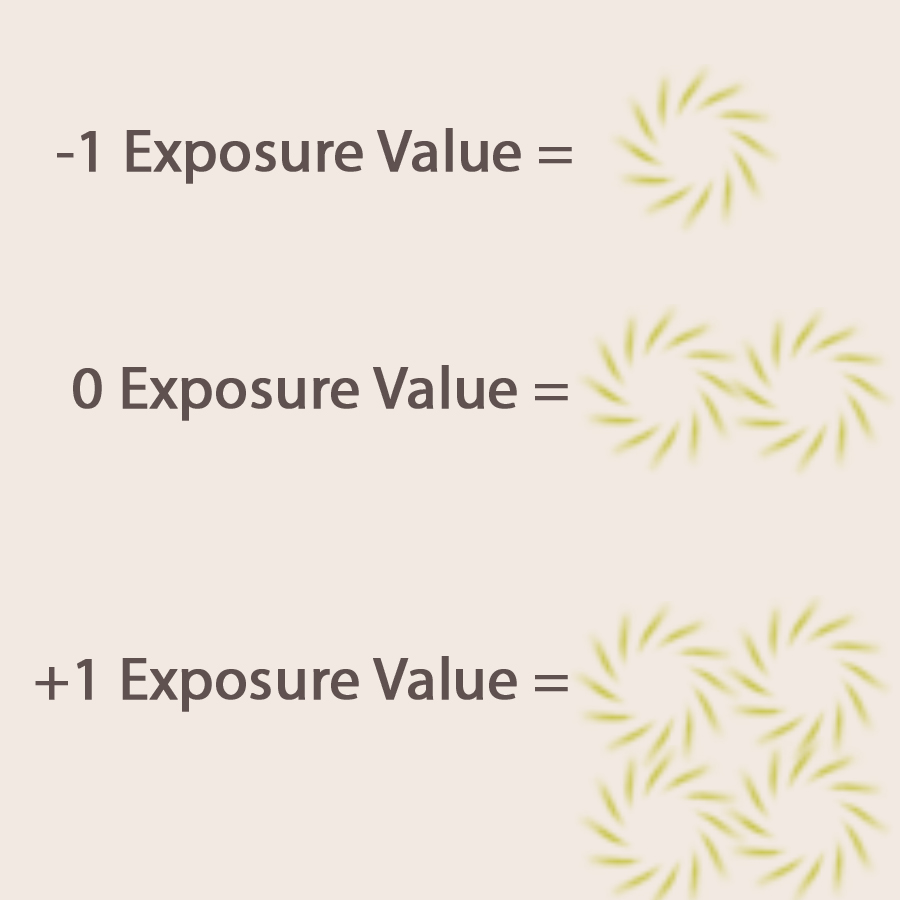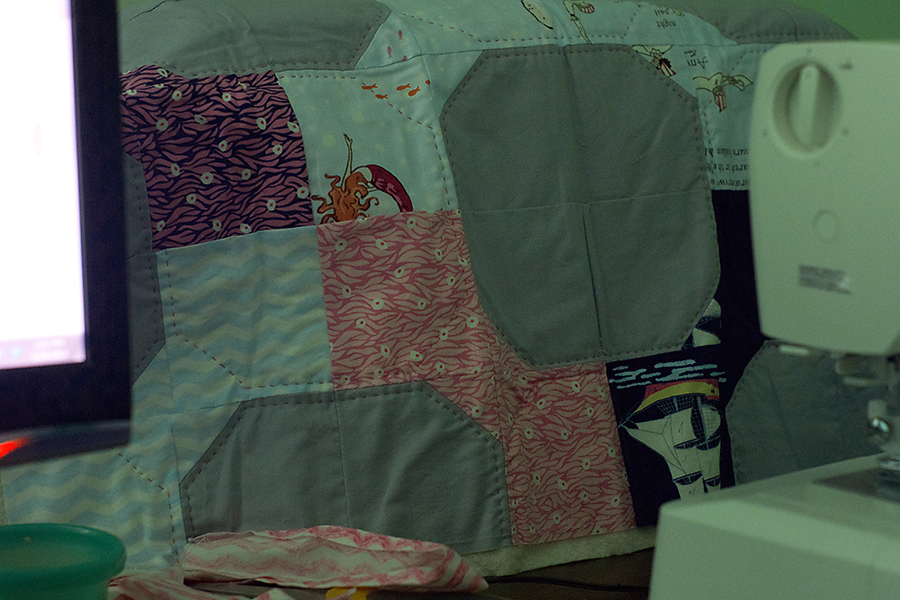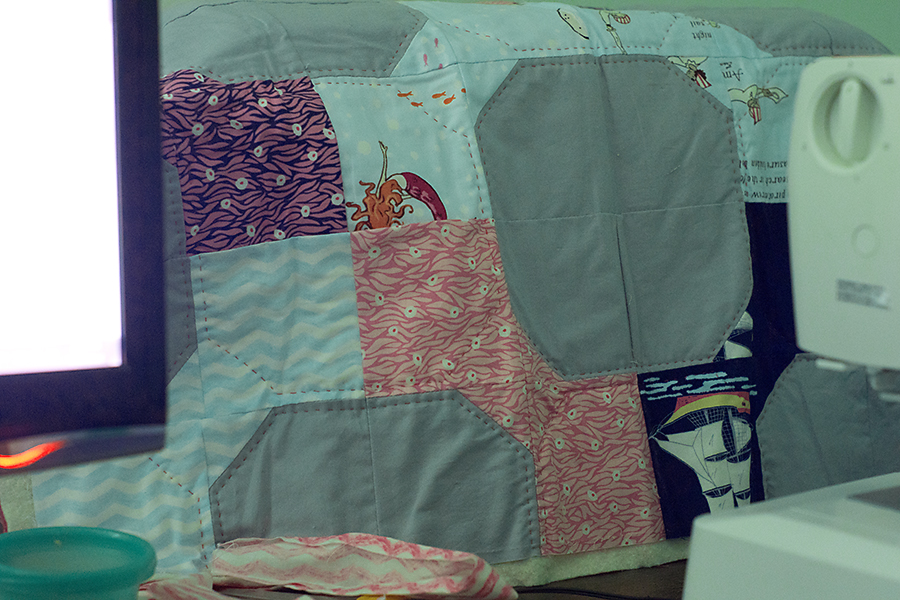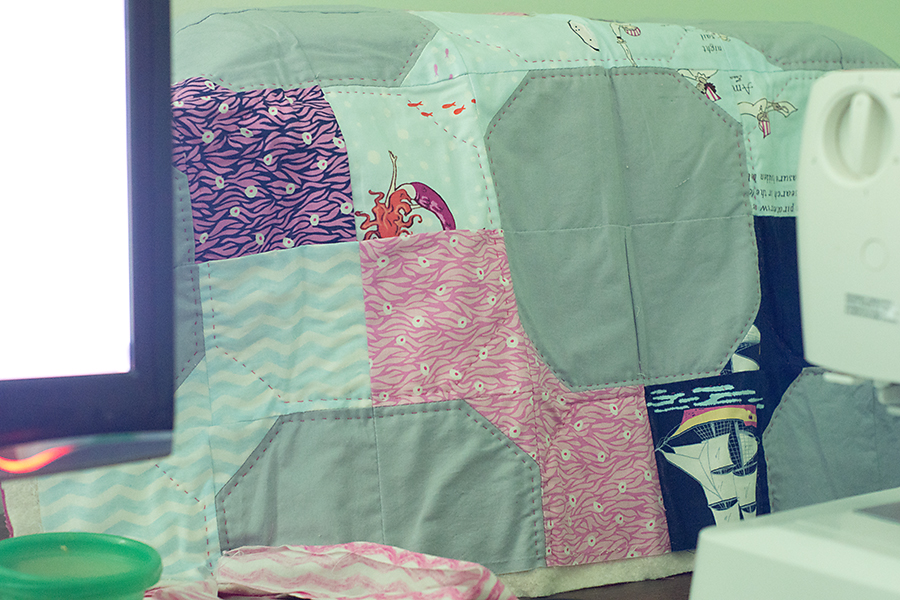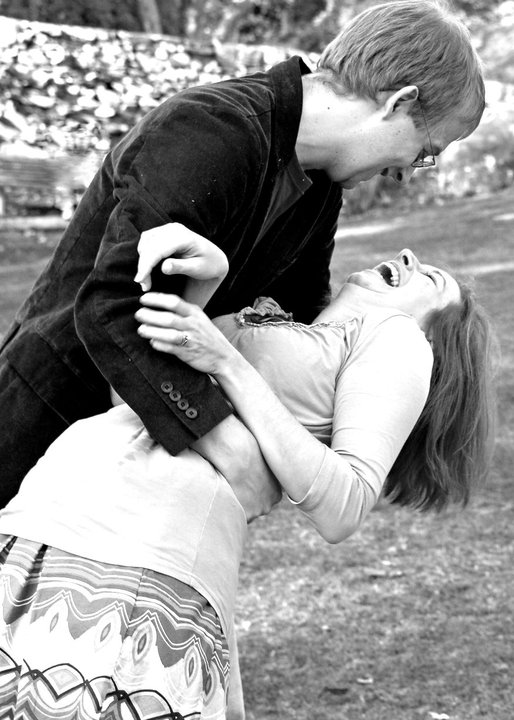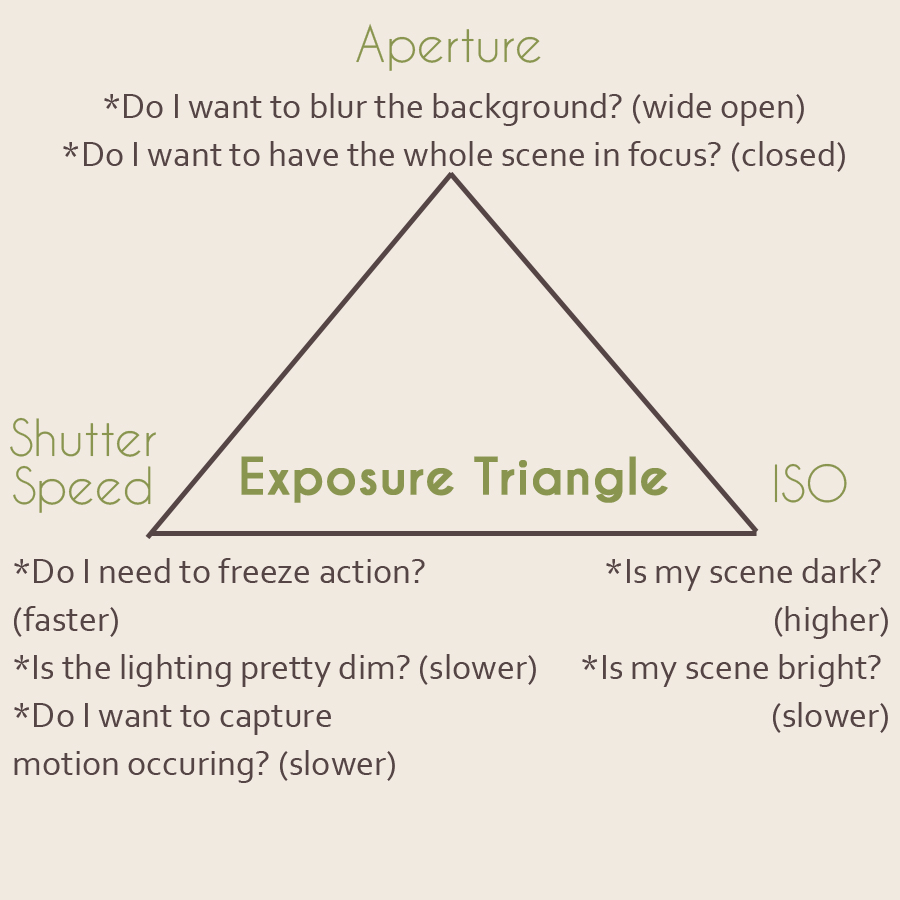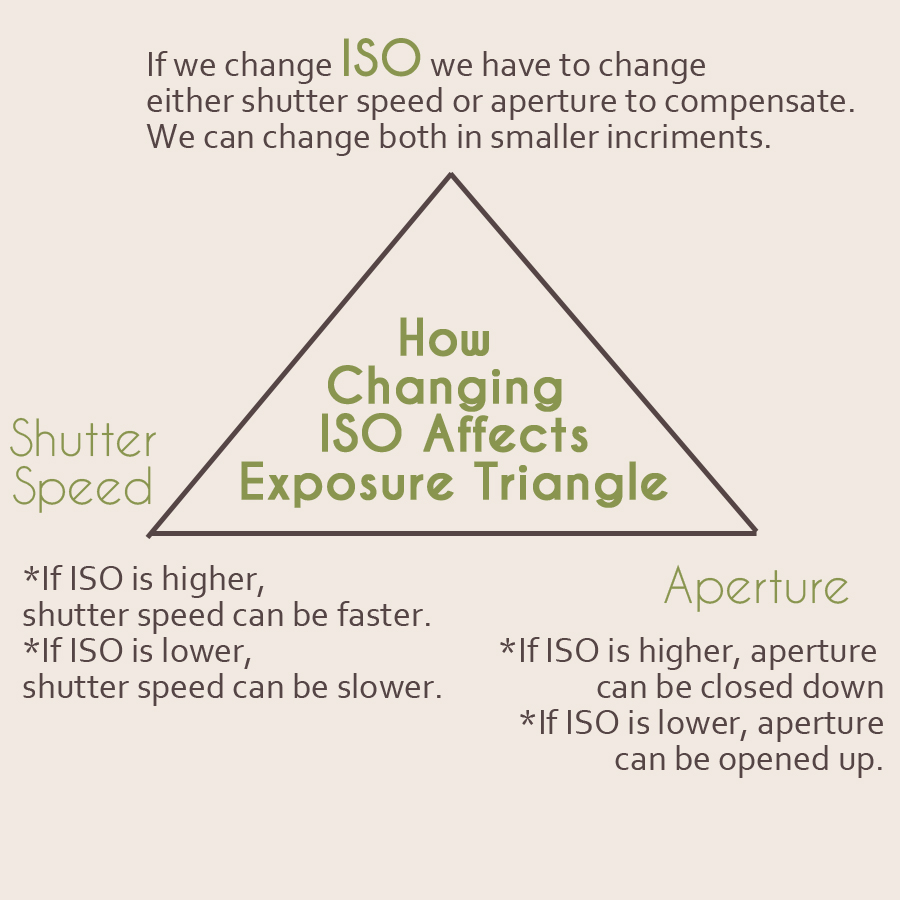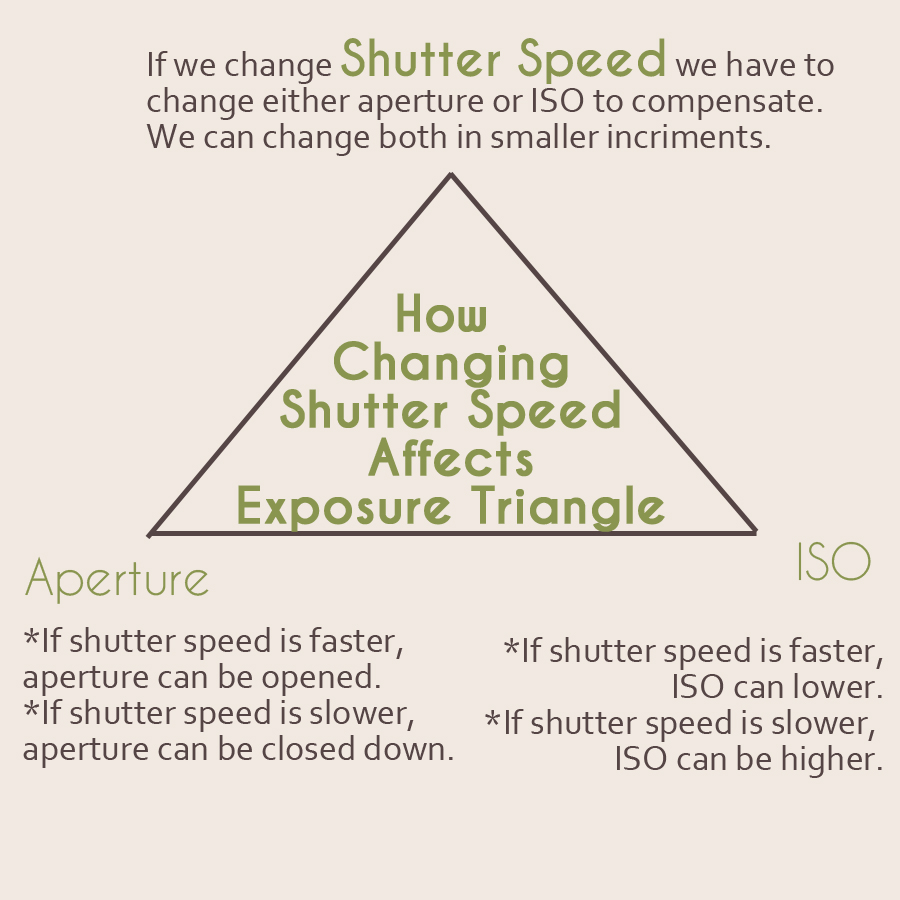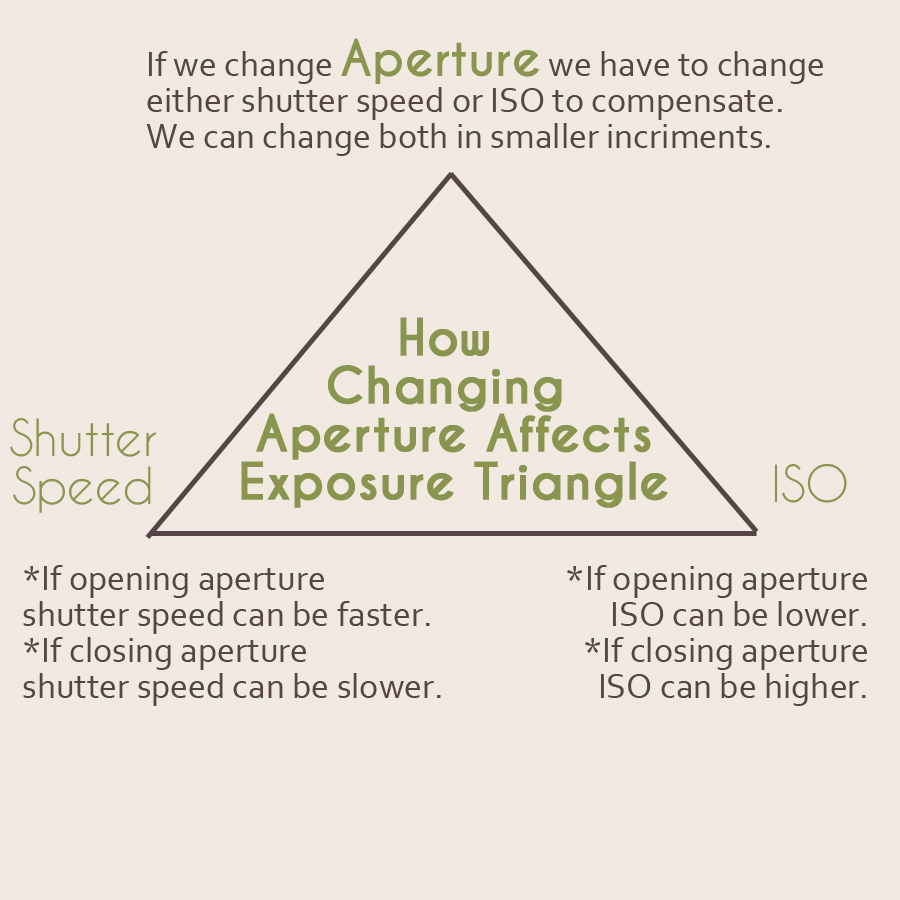20
2013Toddlerhood with a boy is different than the girls.
When the girls were about 2 we tried to teach them how to play chase. They just ran toward us and snuggled. Sedryn was born to play chase. He only started walking just days shy of 16 months and the first thing he did was ‘run’ from his sisters who were clapping and cheering him on.
Sedryn’s version of smelling a flower (or ‘bower’ as he calls it) is to stuff his whole nose in the flower and blow his nose as hard as he can.
Sedryn brings me plucked clover flowers and captured stink bugs with equal amounts of over the top enthusiasm.
Sedryn helped me disassemble his crib by using his own Allen wrench and pulling all the little screws out of the crib.
Sedryn doesn’t mind when his sisters dump a whole bucket of mud right on top of his head.
Yet, while Sedryn is full of boyish personality, he’s also a very sensitive soul. He cries when he’s disciplined. He has a slower rate of disobedience than the girls. He stops to look at you when you call his name. He almost bursts into tears as I scream “NO!” when he pulls three tomato plants clear out of the ground after seeing his sisters accidentally pull out two bean plants while picking beans.
Strangest of all: Sedryn has been sleeping in a big boy bed for about two weeks now and has only gotten out of his bed 2-3 times first thing in the morning. That was NOT the case with his sisters :-p
But the thing I love most about Sedryn is his heart for service. He’s been handing me the silverware out of the dishwasher and saying “ank oo!” for four months now. He’s even started stacking and bringing me plates now that he’s stronger. He clears the table and puts dishes into the sink without being asked. He collects my cell phone wherever I leave it and brings it to me. He wants to help and he finds a way to do it.
Service is a gift that I hope God keeps growing in you, Sedryn, because it’s truly beautiful to watch.
19
2013First, a honey-and-soy-sauce marinade is brushed on the racks, and they’re left to soak up those sweet-savory juices overnight. Next, a pungent spice mix is rubbed on, and the ribs cook low and slow in the oven, ‘til the meat practically falls off the bone. Then, the homemade barbeque sauce is made … molasses, a touch of brown sugar, allspice, vinegar, ketchup, and raspberry jam. A low simmer melds the flavors. A final turn on the grill finishes them off, basted liberally in the barbeque sauce.
This has been part of our Father’s Day tradition for years, and it’s also part of my annual gift to the dads in my life — but tonight, it just feels like a duty.
We just got back from my oldest daughter’s last softball game, and of course, we had to stop and get frozen yogurt afterward to commemorate the season properly. So, it’s late – reaching toward 9:30 p.m. – and I know our three-year-old, Adam, hasn’t had a nap and desperately needs bed.
We’re leaving the next day to visit my parents in Ohio for Father’s Day weekend. And, I’ve been hoping, as usual, that my husband could bathe and put our three-year-old son to bed.
Because, these ribs won’t make themselves.
I’m grumpy. It’s late. And, my husband won’t do what I want him to.
***
Last month, I was supposed to choose an area in my marriage to work on – a way that I can glorify God and be more of the wife He’s called me to be. {Let’s call this one Melissa’s fault, um, inspiration.}
At first, I choose prayer. I’m a terribly spotty pray-er, and I want to pray in a more focused and consistent manner. It’s a personal goal of mine.
And, I reason, who couldn’t benefit both from praying more {me} and being prayed more for {my husband}?
But, I sense a hard knot of obstinance around another area in my marriage. Service. You see, I am a stingy server, when it doesn’t suit me.
I will make you an awesome, four-course, gourmet meal – when I feel like it.
I will go out of my way to make plans for a special outing for just the two of us – when I want to. I will help you with a project – when I’m in the mood.
Time after time, my husband has asked me, wouldn’t I work in the yard with him? I used to, before kids, and he wishes I would now. But, I take great offense to this request. Don’t I do enough work? Doesn’t someone have to clean the house? Doesn’t someone have to watch the kids?
***
I’ve written a classic “serve” scripture on an index card and placed it above the kitchen sink, where I’m sure to see it.
But whoever would be great among you must be your servant, and whoever would be first among you must be slave of all. For even the Son of Man came not to be served but to serve, and to give his life as a ransom for many. Mark 10:44-45
I will memorize it, reflect and meditate on it, internalize it. I will pray on it.
I don’t.
Beside that index card is my weekly two verses from Psalm 139, which I’m working on memorizing in its entirety. My eyes skim over my Serve verse and work on Psalm 139 instead.
Did I mention I’m stubborn?
But, God still softens my heart enough to know this: It’s surprisingly specific, but definitely service-related. And it’s sitting in our driveway right now, a mini mountain of the double-shredded stuff. Mulch.
I put on faded black shorts and an old tank top after dinner and announce it’s family mulch night. The girls load buckets with mulch and bring them to me in the narrow bed filled with hosta and spirea, where I’m arranging swathes of dark-brown bark. Adam even gets in on the action {until he gets bored}, filling the bed of his big dump trunk with mulch.
I swipe at my brow with a dirty glove and know I’ve just painted a dark smear.
But, Bob walks past me to the back yard, stops, and smiles. You look good, working there. He says. And I know he means it.
As much as I might want to think romance means putting on a dress and high heels for a night out, my husband just might prefer seeing me in fitted workout clothes, hefting a bucket of mulch.
And I start to realize that serving like Jesus is not just about working hard, or making something for someone else.
Serving like Jesus means working hard and making something for someone else, even when you don’t want to. (<— Click to Tweet) It’s about serving another they way they want {or need} you to, not the way you feel like it.
And, the funny thing is as the soft late Spring twilight descends on our mulch-covered family of five, I realize that this time outside, together, has been a blessing to me.
Though I never would have chosen it.
18
2013Full Disclosure: If you’re like me and managed to completely fail an open book statistics test in college, then this post might be extremely boring to you. I’m going to try to use the simplest language possible to help us all out while trying to understand this necessary part of manually setting your exposure, but bear with me through the confusion. It may be a long number filled ride. However, I promise you’ll have the knowledge to learn to precisely change exposure when you’re finished reading… even if you’ll need to practice for awhile longer 🙂
What is a Photography Exposure Stop?
A stop is a measurement of the relative brightness of the light used when setting exposure.
Super helpful, huh? Yeah, that’s as plain as I can define it in the English language. So this is where we start diving into the math portion so it’ll all make sense.
We’ve talked about stops just a little bit when we explored exposure value/compensation in this post on Program Mode. Remember how the assignment was to shoot a few things at -1, -2/3, -1/3, 0, +1/3, +2/3, +1 to decide which exposure we liked best in certain lighting situations?
Those -1, 0, +1 numbers denote stops (and the thirds in between denote 1/3 of a stop).
This is where the whole relative brightness thing comes in: every time we go up a whole stop relative to the one before, we’re making an exposure twice as bright. Every time we go down a whole stop, we’re making an exposure half as bright. All of this is relative to our reference point, which in this example is the 0 on our exposure meter.
So -1 stop is one half as bright as 0 stop. +1 stop is twice as bright as 0 stop. +1 stop is four times as bright as -1 stop. So on and so forth.
Let’s make this visual.
Exposure Stops in Relation to the Whole Exposure
So lets say you’re sitting at your desk typing this post and you snap a photo of your workspace, because you really don’t want to go anywhere to take a fancy photo for this post (yet).
You shoot at -1.
Meh. Too Dark.
Then you bump your whole exposure to 0 on the little exposure value scale.
Not too bad and twice as bright as your previous exposure.
But just for fun you’ll give +1 a try.
Whoa! Computer screen and sewing machine corner whites are blown out because your exposure is four times as bright as your initial exposure.
You hanging with me here so far? Because we’re about to further explore the definition of stops. 
(Please don’t hesitate in the comments to let me know where the math loses you. I’ll try to explain again where it gets foggy.)
12
2013I wrote last week about grace. About how much we are loved despite all our complete and utter failings.
This week, I’ve sat down three times to begin this post that I’ve been living with over the last month and I am broken. I want to cry.
The baby is all snotty. The toddler girls (are almost 4 year olds still toddlers?) are going through a phase of disobedience, whining, and disrespect that requires almost constant discipline. My husband and I skipped date night talks in favor of playing a video game and almost seem like teammates just trying to clean up the messes of 3 kids three and under. Oh, and my in-laws are visiting. And I just want to withdrawal.
Do you know who I have the hardest time giving grace to?
Me.
“I should know how to speak love to my husband. I’ve been married for 7 years now. I should get this. I should have grown.” I repeat over and over in my head.
I have a problem with pride and self-righteousness as you can clearly see. I’m also strong-willed. Mix that in a wife together and you have the perfect recipe for words that wound or defend more than words that build up a husband.
At the start of this month, I read a lot of scripture on words and using them wisely. I began a post outlining my plan to memorize some scripture, pray about timing rather than just confront an issue immediately, and daily seek to speak in a way that builds up my husband. Obviously, that’s not the post you’re reading.
Because that plan was not God’s plan for this month of learning to love my husband with my words. God used that scripture to prepare my heart as over and over and over again I failed. I was snarky or impatient or demanding or confronted an issue in a way that put him on the defensive. I built him up with words at most once a day. And most of those were simple, “Thank you for….” Actually, when I share this post with my husband prior to sharing with you, I’m pretty sure he’ll say “I didn’t know you were training to speak words of grace.”
Ladies, I failed and my first reaction is to quit. But you see, God wanted me in this place of already wanting to quit. Only when I am in a place of weakness can I rely on grace. Pride negates grace. (<—-Click to Tweet!) If I can do it on my own, then I don’t need Jesus.
Oh, what I’ve learned most this month is that I desperately need Jesus. I need Jesus to stay my tongue when Derek disappoints me. I need Jesus to whisper when to confront sin in my husband’s life and when to wait on Jesus to work first. I need Jesus to enable me to find areas to build my husband up with my words. I need Jesus to snuggle that snotty 1 year old when he really ought to be napping. I need Jesus to motivate me to face toddler discipline issues with consistency and grace (just like Jesus deals with me when I fail and sin and spend years learning the same thing).
I’ll likely be writing on words again next month, as Jesus continues to work in my heart now that I have admitted that I can’t do this on my own. And now that Derek knows the first way I’m seeking to love him more, I hope he’ll feel more able to hold me accountable and say: “Those words hurt and this is why.” or “These words built me up. Thank you.”
So tell me, sisters, what area of your marriage do you need Jesus and His grace to wash over the most? And how can you and I approach these areas in weakness, depending solely on His amazing grace rather than our own capability?
11
2013If you’ve been shooting in Program Mode for the last month+, the good news is that the jump to Manual Mode isn’t going to be so scary.
You’ve already been thinking the following things that you’ll also be asking in Manual Mode:
- Do I need to focus more on my Aperture or my Shutter Speed for this image?
- Do I need my ISO to be very high to compensate for lack of light or can I leave it low because it’s bright and sunny?
- Is this a very bright scene where I need to lower my exposure compensation to capture the brightness that I want?
- Is this a very dark scene where I will need to increase my exposure compensation to capture the brightness I want?
- What is the most important thing in this image that I should meter from?
So how does Program Mode Differ from Manual Mode?
Program Mode is still an automatic mode. The camera is still metering for the image and setting the exposures for you even if you have engaged exposure compensation. That’s not necessarily a bad thing. Program Mode is beautiful for weddings and parties where you can’t miss the shot and can set it each time your light changes. It’s also wonderful for a studio situation where you know your light and backdrop well and want to spend more time posing. And it’s also a wonderful bridge between the Auto Modes and Manual mode precisely because it makes you think like you’re in Manual Mode. And, honestly, if you shoot in program mode for the rest of your camera using life, you’re still way ahead of the average camera user.
So you might be asking, why switch to Manual Mode at all?
That’s a good question. And it’s not one that I can really answer. If you end up choosing program mode as your primary mode, then I won’t judge you (sometimes I choose Program, too). Because honestly, you’ll still be making all the creative decisions just as if you were shooting manual mode, your camera is simply filling in all the blanks.
However, I think the real benefit of shooting manual mode (even if only for a season) is that the photographer is forced to think about every relationship in the Exposure Triangle and decide whether changing one part will create the image they want. So I’m going to encourage all of you to give this a try for a few weeks.
Now let me warn you, switching from Program to Manual is going to be frustrating mainly because it takes so much more thinking and adjusting time before you press the shutter release. Where in Program mode you could adjust one thing (ISO, Aperture, Shutter Speed, or your Exposure Compensation) and let the camera do the rest, in Manual mode you’ll be doing all of that adjusting with your own fingers before each shot or series of shots. So I suggest that we practice the first week of manual mode with still life or landscapes so we’re not kicking ourselves for missing “the shot” with moving subjects.
What is the Exposure Triangle?
The Exposure Triangle is the key concept for shooting in Manual Mode.
If you’ve stuck with this class for the first half so far than you already know all of the parts of the Exposure Triangle: ISO, Shutter Speed, and Aperture. However, because we’ve let the camera pick at least one of the triangle points even shooting in Program Mode, we haven’t had really had to think about all of the ramifications of changing one point.
So first let’s review the three points on the Exposure Triangle and the key questions we need to ask ourselves before changing one. And (surprise!) my graphic skills are slightly better this time around. Look at how much you guys are growing me!
Relationship of the Three Points on the Exposure Triangle
Once we have the perfect exposure set, if we change one of the points of the Exposure Triangle we will have to change at least one other point to compensate. For example, if my current perfect exposure for the scene is 1/60 second, f/5.6, ISO 100 and I want to photograph a running toddler, I should quickly realize that 1/60 is not fast enough to freeze the toddler’s motion. So I’ll change shutter speed to at least 1/100 of a second to freeze the motion. But once I’ve changed that, I’m either going to need to adjust the aperture or the ISO an equal number of stops or I’ll have to adjust both aperture and ISO to a number of stops that together equal the number of stops that I changed the shutter speed.
Confusing, huh? We’ll talk about specific stops and the more mathematical side of the Exposure Triangle next week, but this week I want to give you an idea of how changing one point on the exposure triangle is going to affect the other points on the triangle. The following is a series of graphics to help us understand these changes.
Hopefully those graphics are helpful as we learn Manual Mode. If you’d like to print a copy of these graphics, here is an Exposure Triangle Printable.
So How Do I use Manual Mode?
Whew! So that was a lot of theoretical head knowledge up there. And we’re really just starting to think about it rather than truly diving into what it means. So really this section is your challenge to read your camera manual! You’re going to have to pick up your camera manual and figure out what your adjustment dial (or dials) will do once you switch it over to manual mode. For instance, the dial on the front of my camera changes shutter speed and the one on the back of my camera changes aperture in manual mode. If I hold down the AEL button, then I can change both aperture and shutter speed together with one dial and the camera will calculate the stops for me!
Now for your pretty easy assignment.
Manual Mode Assignment #1
- Read that Camera Manual and figure out the mechanics of Manual Mode (how to use adjustment dials, where your exposure scale will appear, which button to hold down to adjust aperture and shutter speed at the same time.
- Go out and practice manipulating all points of the exposure triangle on 1-3 images.
- Here’s a rough process for these images: Set the ISO for your scene then fiddle with shutter speed/aperture according to your composition needs until your exposure scale shows that you’ve set the correct exposure for your metering mode. Take the shot. Decide whether you like the exposure on 0 and if not fiddle with moving the exposure up or down to +1 or -1.
- Don’t expect miracles this week. Your goal should simply be to understand the mechanics of shooting in Manual Mode.
- If you want to just shift your camera back to Program or one of the other Auto Modes, resist (unless you’re shooting something important like a birthday or other irreplaceable memories). Keep practicing.
That’s it for this week. If you have any specific questions about Manual Mode, get those written down in the comment section so I can address them in upcoming posts. This week is meant to be sort of a rough introduction and the assignment goes along with that. Next week we’ll cover the mathematics to get a better feel for the relationships within the exposure triangle. Don’t worry… I’m not very mathematical so it’ll be pretty easy to understand. 🙂
